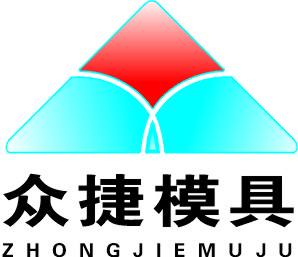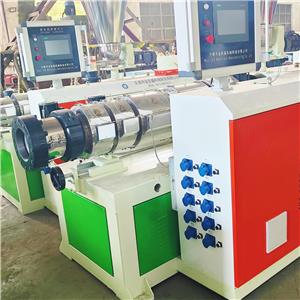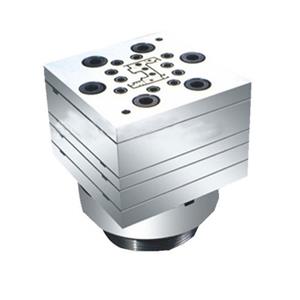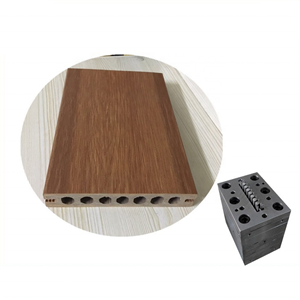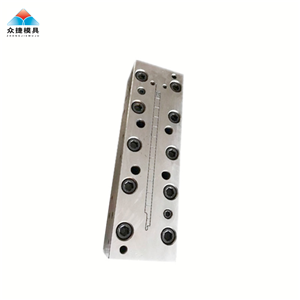What is Plastic Extrusion? A Definitive Process Guide
What is Plastic Extrusion?
Extrusion
Extrusion is a continuous manufacturing process where material is forced through a shaped die to produce long items with a uniform cross section. In industry this method is prized for its repeatability and cost efficiency when producing large volumes of profiles.
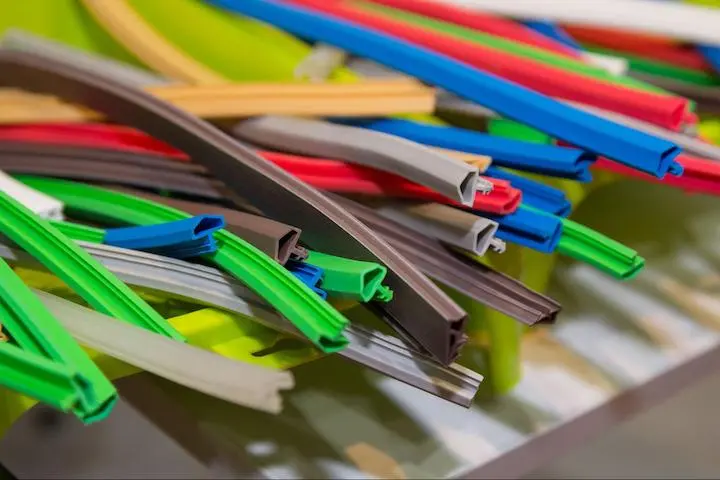
Plastics Extrusion
Plastics extrusion is a high-volume process in which polymer granules are fed into a hopper, melted and homogenized by a rotating screw in a heated barrel, then forced through a die to form the final profile. The screw geometry, barrel temperature zones and filtration pack are calibrated to the polymer grade and the final product’s dimensional requirements.
After the melt exits the die the extrudate is drawn and cooled by methods matched to its shape—water tanks for tubes, cooling rolls for sheets, or air and vacuum systems for more delicate profiles. Quality depends as much on precise tooling and process control as on raw material selection.
What are the Different Types of Plastic Extrusion?
The die shape and downstream handling determine the product type. Below are the common extrusion variants used in plastics manufacturing.
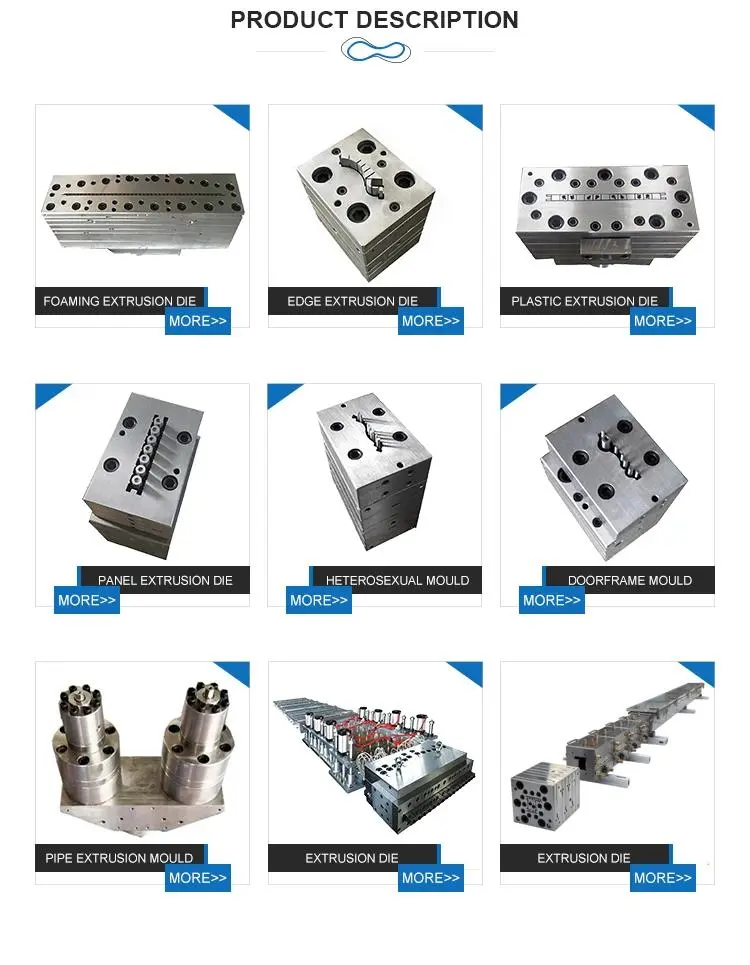
1. Tubing Extrusion
Tubing extrusion is used to make pipes and hollow profiles. After forming, tubes are typically pulled through a water bath or cooling tank. For some applications internal air pressure is applied during cooling to maintain dimensional stability.
2. Blow Film Extrusion
Blow film extrusion produces thin-walled film in a tubular form. The extruded tube is cooled just after the die to a semi-solid state and inflated (blown) to the target diameter and film thickness — a standard process for manufacturing items like shopping bags and flexible packaging.
3. Sheet Film Extrusion
Sheet film extrusion creates thicker sheets that are unsuitable for blowing. The melt is passed through a flat die, then pulled over precision cooling rolls that control gauge and surface finish; these sheets serve uses from thermoforming to laminates.
4. Over Jacket Extrusion
Over jacket extrusion is the method used to coat wire and cable. The conductor is pulled through the centre of the die while molten polymer surrounds it. When adhesion is required, pressure tooling promotes bonding; for simple jacketing, the extrudate encloses the conductor as it exits the die.
For custom tooling and die solutions, experienced industry partners such as Zhongjie Mould offer design, prototyping and serial production support. If you are sourcing tooling, consider verified China extrusion mould manufacturers for scalable supply and competitive lead times.
